A beautifully designed garden is not just a collection of plants—it’s a living canvas that blends color, texture, and structure to create a sense of harmony and tranquility. Whether your garden is large and sprawling or a compact urban retreat, the way you arrange plants can dramatically affect how it looks and feels. Proper plant arrangement ensures that every element contributes to a balanced garden design, making it functional, aesthetically pleasing, and sustainable.
This article explores principles, techniques, and practical ideas on how to arrange plants to achieve a balanced garden look.
Why Balance Matters in Garden Design
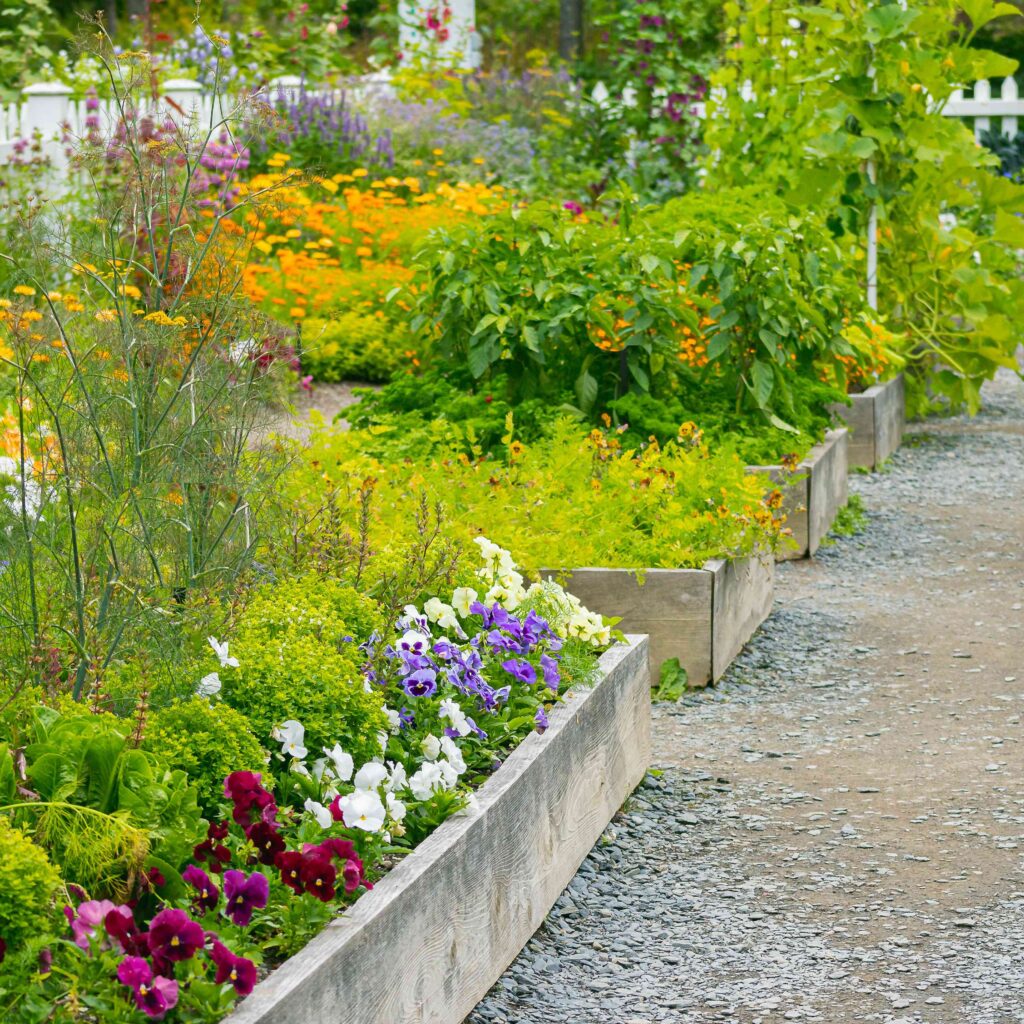
Balance in a garden means creating visual stability so no single element looks out of place. A balanced garden arrangement does not necessarily mean symmetry but rather a composition where colors, shapes, heights, and textures complement one another. Without balance, gardens may appear cluttered or unfinished, even if they contain beautiful plants.
There are two main types of balance in garden design:
- Symmetrical Balance – Plants and features are mirrored on both sides of a central line (like formal palace gardens).
- Asymmetrical Balance – Different elements are arranged so that one side visually balances the other, even if not identical (more natural and common in modern gardens).
Step 1: Understand the Garden Space
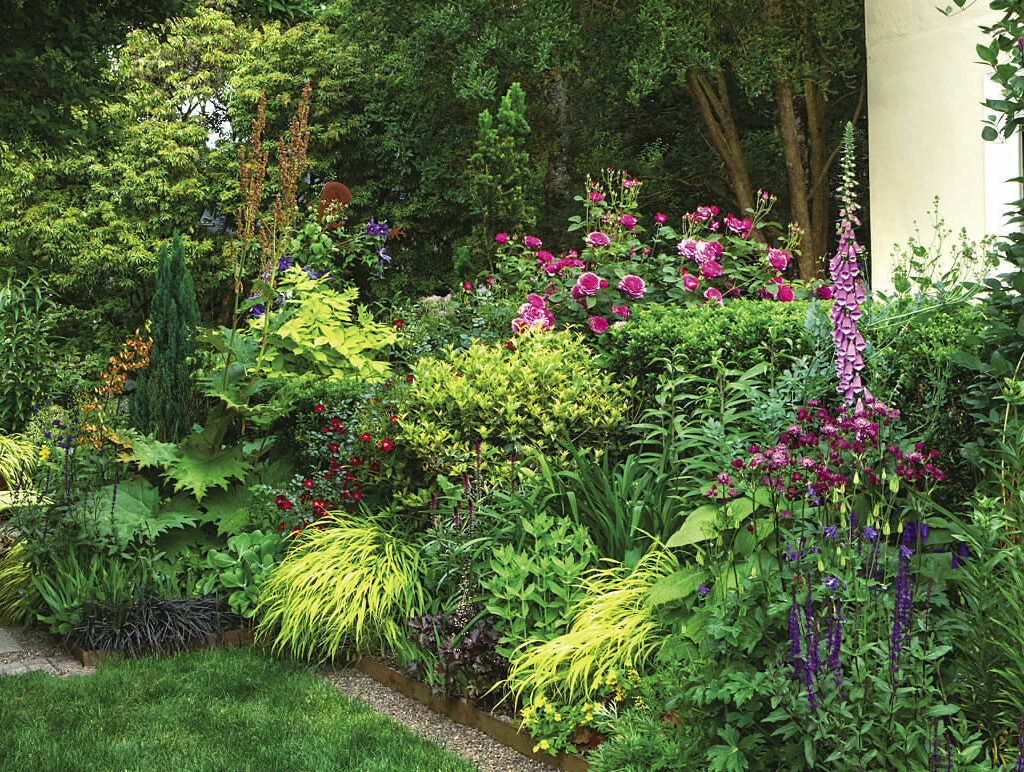
Before arranging plants, assess your garden’s characteristics:
- Size and Shape: A rectangular yard may benefit from strong focal points, while a circular garden allows for radial arrangements.
- Light Conditions: Knowing which areas are sunny or shaded helps you place plants where they thrive.
- Soil and Drainage: Grouping plants with similar soil and water needs prevents overwatering or undernourishment.
- Purpose: Decide whether the garden is for relaxation, entertaining, or food production—this guides plant placement.
Step 2: Choose a Focal Point
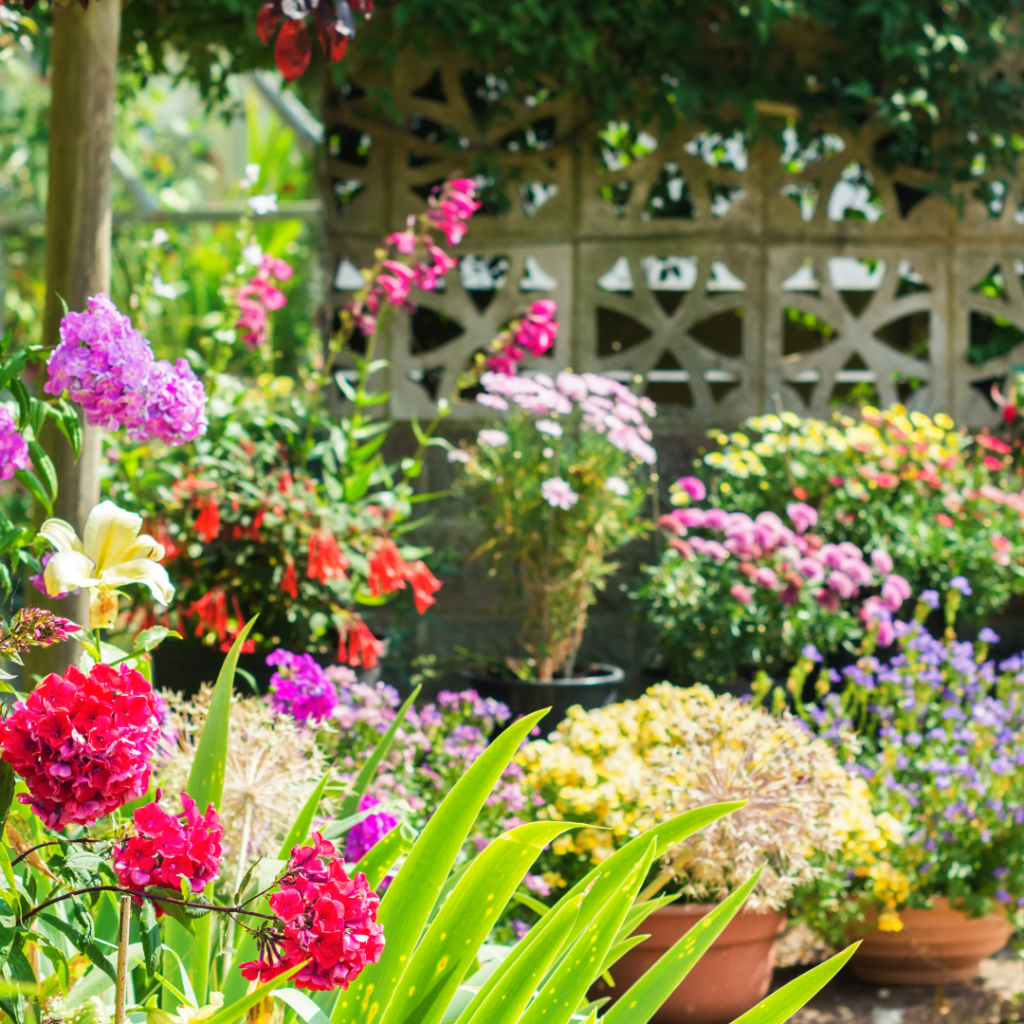
Every balanced garden needs a focal point to draw attention and anchor the design. Plants can frame or enhance these features. Examples include:
- A flowering tree in the center.
- A garden bench or sculpture surrounded by greenery.
- A tall plant like bamboo or ornamental grass at the back.
- A water feature with surrounding aquatic plants.
Placing bold or colorful plants near the focal point enhances balance by guiding the viewer’s eye naturally.
Step 3: Work With Plant Heights
Plant height plays a vital role in arrangement. The principle of layering helps create balance and visual depth:
- Tall Plants – Place at the back (for borders) or the center (for circular beds). Examples: sunflowers, delphiniums, or dwarf trees.
- Medium Plants – Arrange in the middle zone to connect tall and short plants. Examples: hydrangeas, roses, and herbs.
- Low-Growing Plants – Place at the front to soften edges. Examples: marigolds, alyssum, or creeping thyme.
This tiered approach ensures no plant blocks another and creates a structured, harmonious view.
Step 4: Balance Colors and Textures
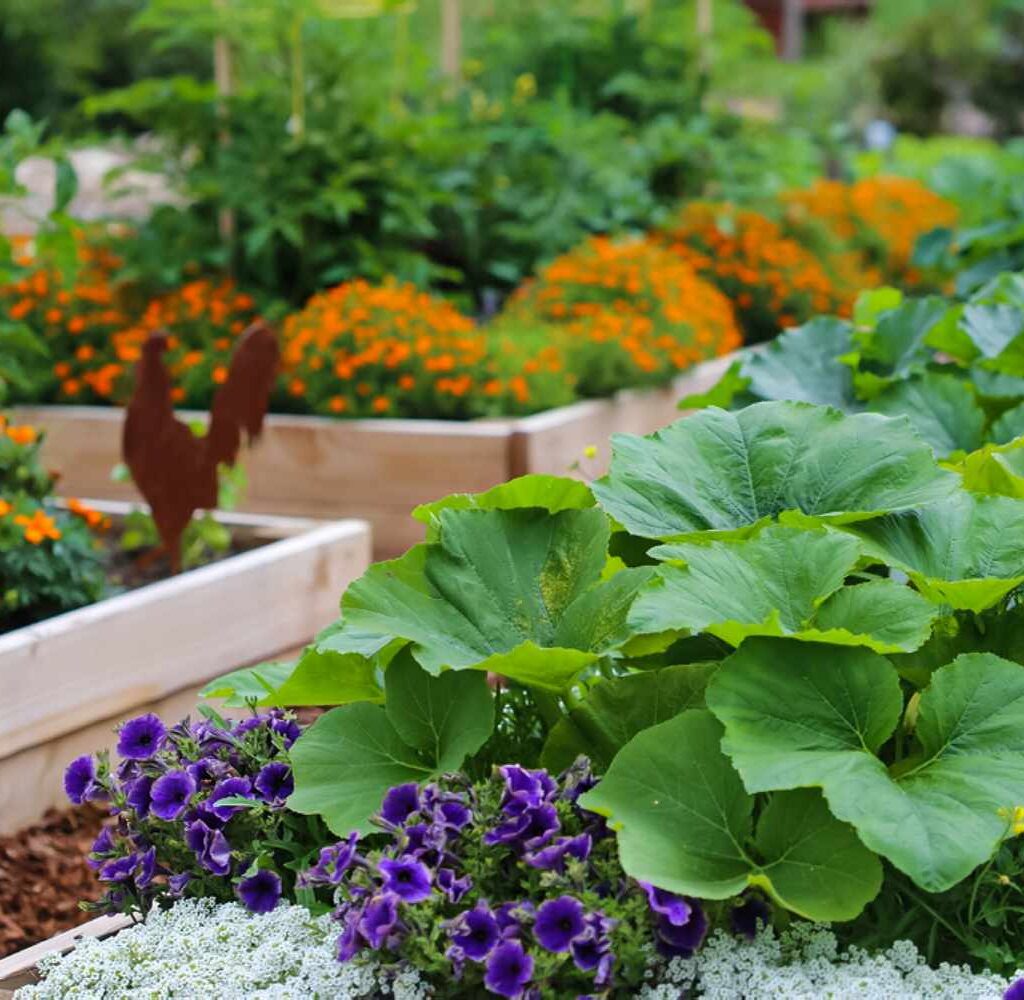
A balanced garden blends colors and textures thoughtfully.
- Color Balance:
- Use a color wheel for inspiration. Complementary colors (like purple and yellow) create vibrant contrast, while analogous colors (blue, green, violet) give calm harmony.
- Spread bright colors throughout the garden instead of clustering them in one spot.
- Texture Balance:
- Mix fine textures (ferns, grasses) with coarse textures (hostas, succulents) for variety.
- Avoid overwhelming the garden with plants of the same leaf size or shape.
A visually balanced garden uses a combination of light and dark foliage, smooth and rough textures, and bold and subtle flower shapes.
Step 5: Group Plants Strategically
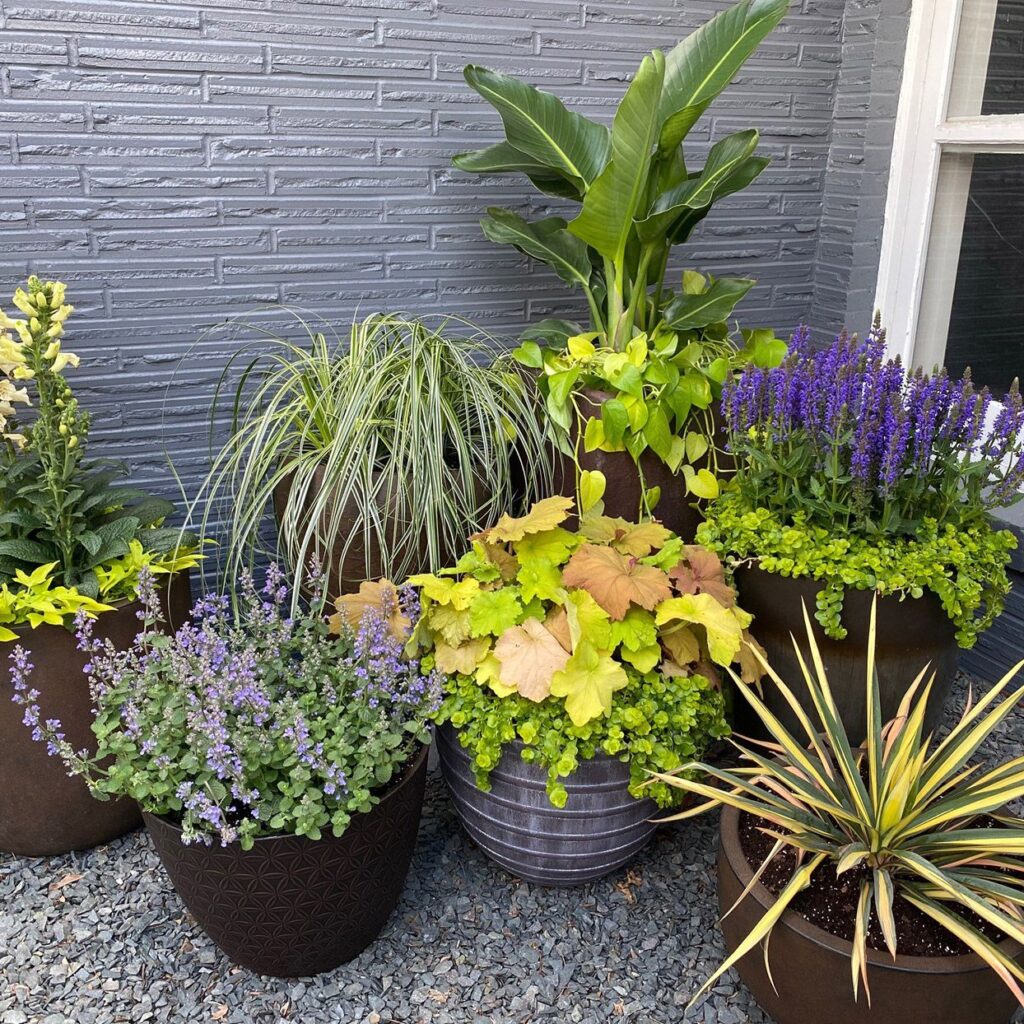
Plants look more natural and balanced when arranged in groups rather than isolated. Key tips include:
- Plant in odd numbers (3, 5, 7) for a natural, flowing effect.
- Create drifts of the same species for continuity.
- Avoid placing one single plant in a large empty area—it creates imbalance.
- Group by function (pollinator plants, groundcovers, edibles, ornamentals) to organize the garden better.
Step 6: Consider Seasonal Interest
Balance is not only about how your garden looks today but also how it evolves across seasons. To maintain year-round harmony:
- Include evergreens for structure in winter.
- Mix spring bulbs (tulips, daffodils) with summer bloomers (roses, zinnias).
- Add fall foliage plants like Japanese maple or chrysanthemums.
- Use perennials for long-term beauty and annuals for seasonal bursts of color.
This ensures the garden always looks full, balanced, and interesting.
Step 7: Add Vertical and Horizontal Elements
Balance also comes from combining vertical and horizontal planes:
- Vertical balance: Trellises with climbing vines, vertical herb walls, or tall grasses create upward movement.
- Horizontal balance: Ground covers, sprawling shrubs, and low flower beds spread beauty across the ground.
A well-composed garden integrates both to avoid looking too flat or too crowded.
Step 8: Use Pathways and Borders
Pathways and borders contribute to visual balance and structure.
- Curved paths create flow and guide the eye through the garden.
- Borders with edging plants like lavender, boxwood, or ornamental grasses create neat boundaries.
- Symmetrical pathways work well in formal gardens, while asymmetrical stepping stones suit informal designs.
By framing plants with hardscape elements, balance between natural and structural beauty is achieved.
Step 9: Leave Breathing Space
Overcrowding plants makes a garden chaotic. Balance thrives when there’s open space between groups. Leaving gaps:
- Highlights focal plants.
- Improves air circulation (reducing plant diseases).
- Prevents competition for light and water.
Think of empty spaces as part of the design—just like pauses in music create rhythm.
Step 10: Personalize With Style
Finally, balance doesn’t mean rigidity—it should reflect your personal taste. Whether you prefer a minimalist Zen garden with stones and moss, a wild cottage garden full of blooms, or a modern urban garden with sleek containers, the key is to keep elements cohesive and visually stable.
Practical Examples of Balanced Plant Arrangements
- Small Urban Balcony Garden: Place tall bamboo at the back, mid-height herbs like basil and rosemary in the middle, and trailing ivy at the edges for a layered yet compact design.
- Backyard Flower Border: Use hydrangeas as medium shrubs, place taller delphiniums behind, and plant colorful petunias in the front row.
- Circular Flower Bed: Centerpiece with a small flowering tree, surround with roses, and edge with creeping thyme.
- Minimalist Zen Garden: One Japanese maple as the focal point, gravel pathways, and low-growing moss or ferns around rocks.
Conclusion
Arranging plants for a balanced garden look is an art that blends nature with design principles. By considering height, color, texture, grouping, and seasonal variety, you can create a space that feels harmonious and inviting all year round. Balance doesn’t mean strict symmetry—it means thoughtfully placing plants so that each complements the other while contributing to the overall aesthetic.
With the right arrangement, your garden becomes more than just a green space—it becomes a sanctuary of beauty, balance, and peace.
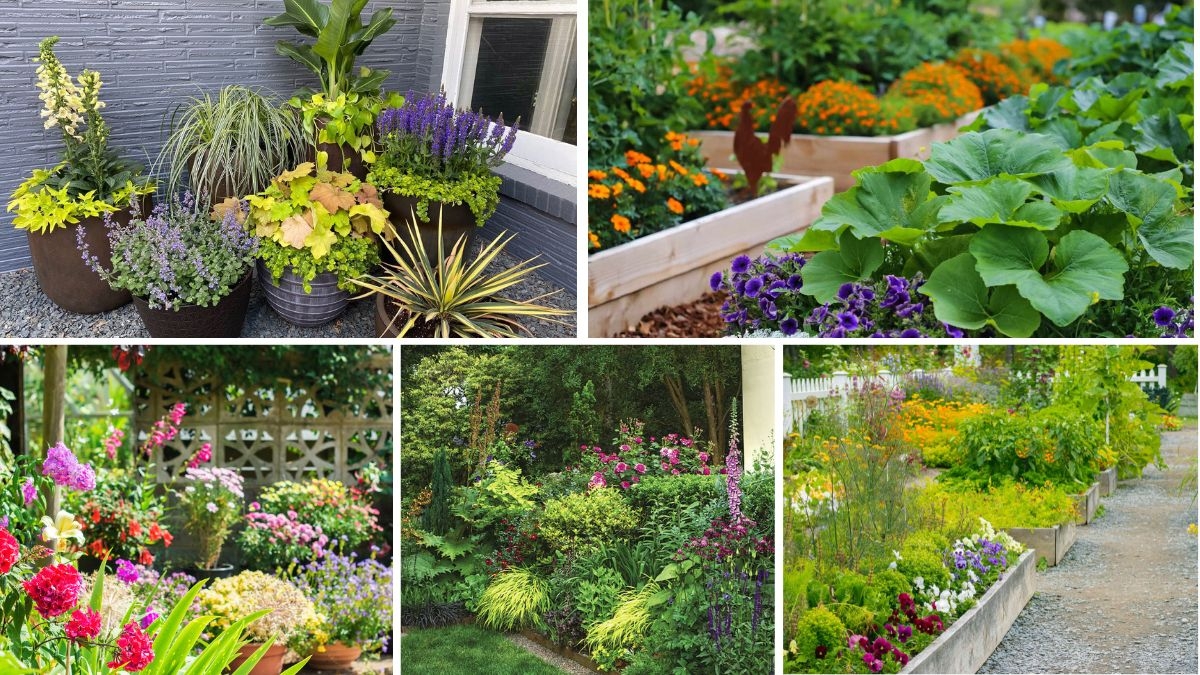



Leave A Comment